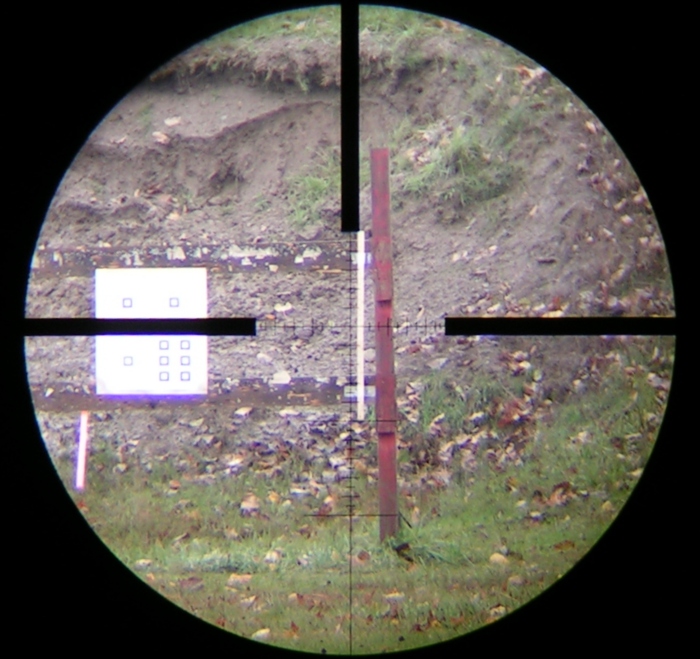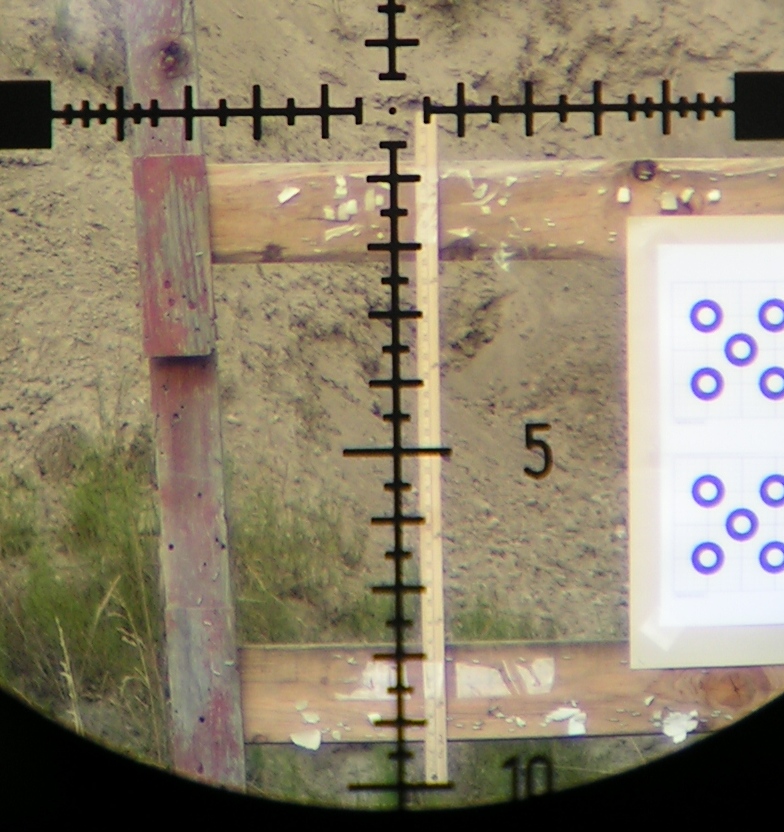I thought this was a well done video demonstrating the box technique for checking your scope's tracking.
Scope Tracking - Rifle Shooting Technique
Collapse
X
-
A couple things:
Obviously shooting a group at each location will improve certainty of the adjustments; one round, especially on such a small box is really only useful in determining if the scope is completely broken or not--it won't tell you the accuracy of the adjustments.
Most importantly, such a small box is simply too small to tell you with much precision how the scope adjusts. I recommend doing one 5 times as large at least.
The first thing one should do with a new scope is measure the adjustments, so this video has its heart in the right place it's just not adequate for precision long range shooting. If you measure scopes carefully, you'll find virtually none of them are exactly what they claim to be. Good ones will be within 1% or possibly 2%. Any more error than that and I feel shortchanged with an expensive scope. Unfortunately more error than that is not at all uncommon. These scopes are perfectly usable, one just needs to account for the error in your ballistics program. The better ones make this easy to do.
For example, imagine a scope whose adjustments are 2% small. On the test above instead of the shots being 6.282" apart, they'll be 6.156"--just 1/8" off. Such a small difference, you're not going to see it even if you shoot a group at each location as most rifles simply aren't precise enough to make that small difference obvious. If instead, you shoot a 10 Mil box (~34 MOA), the error will be nearly 3/4"--much easier to see.
While this may seem like nit-picking, it's not if knowing your equipment and being competent at long range is important to you. A slow Grendel load could require as much as 13 Mils at 1000 yds. A 2% scope error (which is well within many scope manufacturers' acceptable tolerances even for some pretty expensive scopes) will have you a full 9" off to start with. Many simply blame the ballistics programs as "only being a starting point." The fact is, that is true mostly because the users provide inaccurate data to the programs and/or use the data incorrectly. One of the prime ways that happens is dialing the correct dope into a scope that moves the erector an incorrect distance. If you build that much error into the system when you're "doing things right" from the start, after adding in all the other variables that invariably come up your chances of a first round hit in new conditions become very small.
Precisely measuring your scope will eliminate one of the largest and most common variables that cause people problems--thinking their chronographs are off (though that's not uncommon either), thinking the bullet has a "different BC out of their barrel" than everybody else's, etc.
Back to measuring. Shooting a box 5 times as big or so than in the video is a good start. There are other ways you can do some checks. Holding the rifle steady (a buddy's help makes it easier) as you crank the elevation and watch the reticle can work well:


It just so happens that 10 Mils is exactly 36" at 100 yds so a yardstick makes a handy reference for testing any mil scope.
Use of a collimator/boresighter is a great way to identify problems with a scope before you even leave the house with it. It also eliminates shooting error--inconsistent holds, inaccurate rifle, poor shooting, etc--from affecting the results.
Of course one should always check the calibration of such a device by testing it with a scope that is "known good" from testing in the real world.
Anyway, hopefully that gets the wheels turning for some people. It's amazing how many people who should be doing this don't. For anybody interested in their ballistics beyond a few hundred yards, I highly recommend doing so.
-
-
yep, this video is obviously just an intro in to the concept of verifying your scope’s tracking. Sniper's hide did one similar on a biger scale like you are suggesting. Once you understand the concept of checking for repeatability, tracking accuracy, comeup limits, ect, one can expand on the concept according to his needs.
Comment
-

Comment